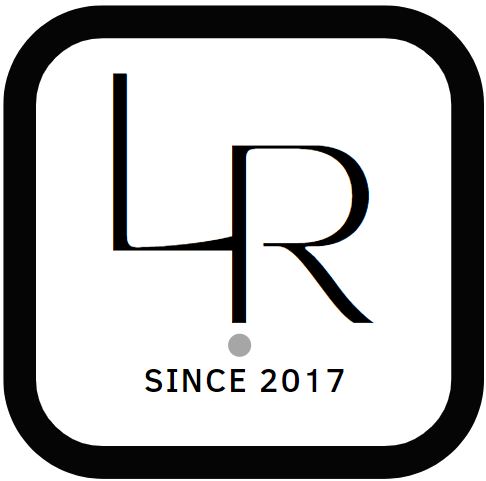“The Unmanifested is not only present in this world as silence; it also pervades the entire physical universe as space – from within and without. This is just as easy to miss as silence. Everybody pays attention to the things in space, but who pays attention to space itself?” 1
— Eckhart Tolle, 1999
At this point, we find ourselves deeply immersed in the concept of two worlds, a notion conceived by both ancient and modern-day philosophers.
The first world is characterized by indestructibility, permanence, transcendence, and noumenality. It is the world of will 2, the thing in itself (Ding an Sich) 3, and the Unmanifested from which myriad forms emerge.
Conversely, the second world is transient, destructible, impermanent, and phenomenal. It is the world of idea 2, the apparent world 3, and the world of the manifested.
Upon contemplation of this philosophical tradition, it becomes evident that the explanation of the world within this framework offers a broader understanding than the philosophy of materialism can offer.
Science’s arduous attempts to define the unfathomable within the boundary of materialism often result in denying the existence of the invisible or undefinable world.
In Glenda Green’s “Love Without End”, the author recounts her miraculous encounter with Jesus and their discussions on various metaphysical subjects. In these instances, Jesus suggests the impossibility of defining the undefinable.
Jesus expresses, “Beyond the recognition of love, the presence and nature of God cannot be described, for Holy Presence is the definer, not the defined.” He adds, “The Holy Trinity is a sacred mystery that precedes and determines the tripart universe. Like God, it cannot be defined but is manifested everywhere in the very presence of all that exists. In the dimension of knowable reality, you might say that the one spirit is Holy whenever it embraces creation with the love of God and the all-knowing Presence” 4
So, the Defined cannot define the Definer.
An analogy emerges: it’s akin to a being attempting to solve the problem of its existence in a two-dimensional world without awareness of a third-dimensional or even multi-dimensional reality. It cannot fathom the existence beyond its own when the higher plane or the outside can penetrate it.
Solving the mystery of our existence is comparable to solving a complex puzzle, leading to the designation of some individuals as Mystics, capable of penetrating the Mysterious or Undefinable world.
As Tolle reminds us, ‘Everybody pays attention to the things in space, but nobody does to space itself.’
The unmanifested is formless, and from this state of formlessness – the undifferentiated – spring the fragmented forms. 5
Are we defined by what we identify ourselves with, or is there more to us?
Forms are what we identify ourselves with, yet the forms we wear decay in time and return to nature. Are we excessively bound by this identification with forms? Are we too immersed?
Perhaps, it is time to create some space. As Eckhart Tolle suggests, it’s time to pay attention to space itself rather than things. It’s time to redirect our focus from the material aspects of the world in which we immerse ourselves too much toward space itself — the formless realm from which all forms manifest.
Jay
Note:
1.
Eckhart Tolle, The Power of Now, published by Hodder & Stoughton, 1999
Page 113, Chapter 7. Portals into the Unmanifested,
2.
Arthur Schopenhauer
3.
Immanuel Kant
4.
Glenda Green, Love Without End(Jesus Speaks), 1999
Page 48, The Wonderous Universe
5.
Eckhart Tolle, The Power of Now, published by Hodder & Stoughton, 1999
Page 108, Chapter 7. Portals into the Unmanifested,

